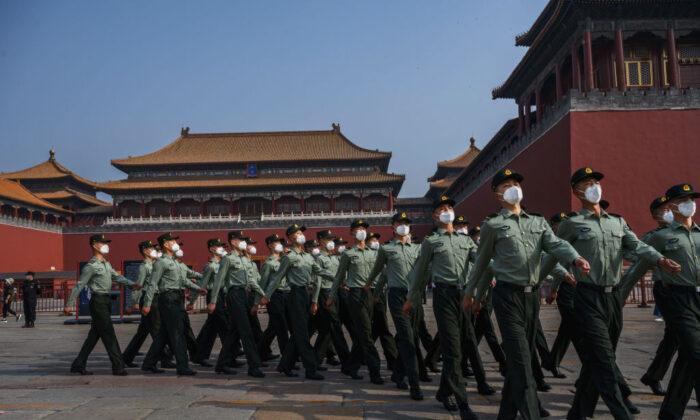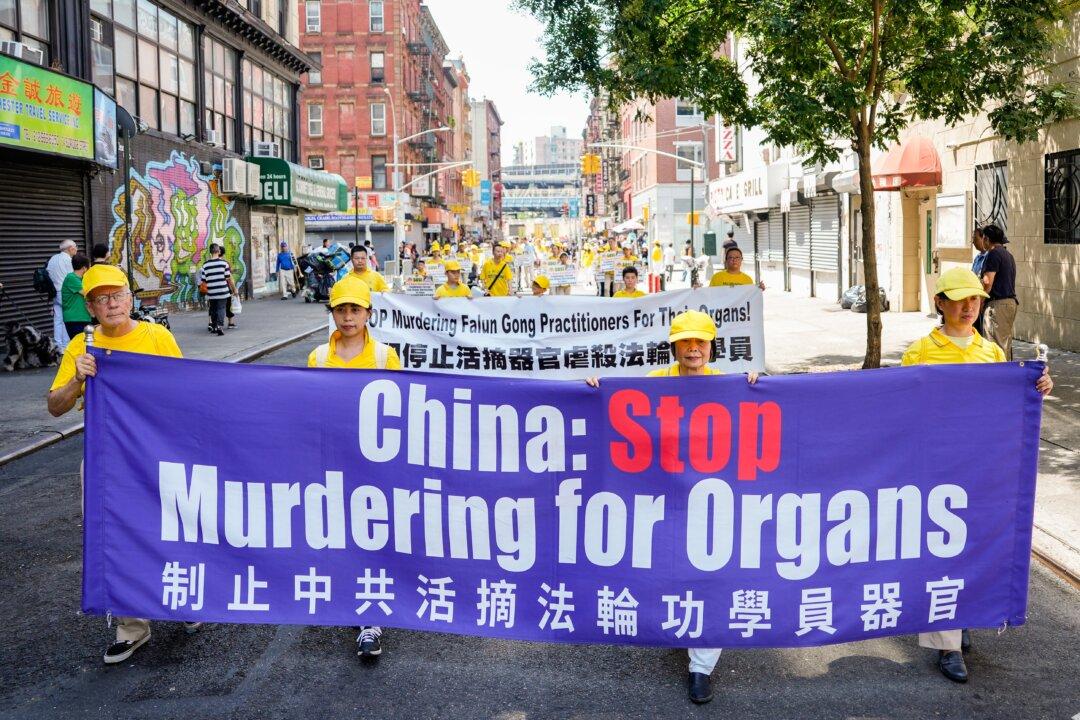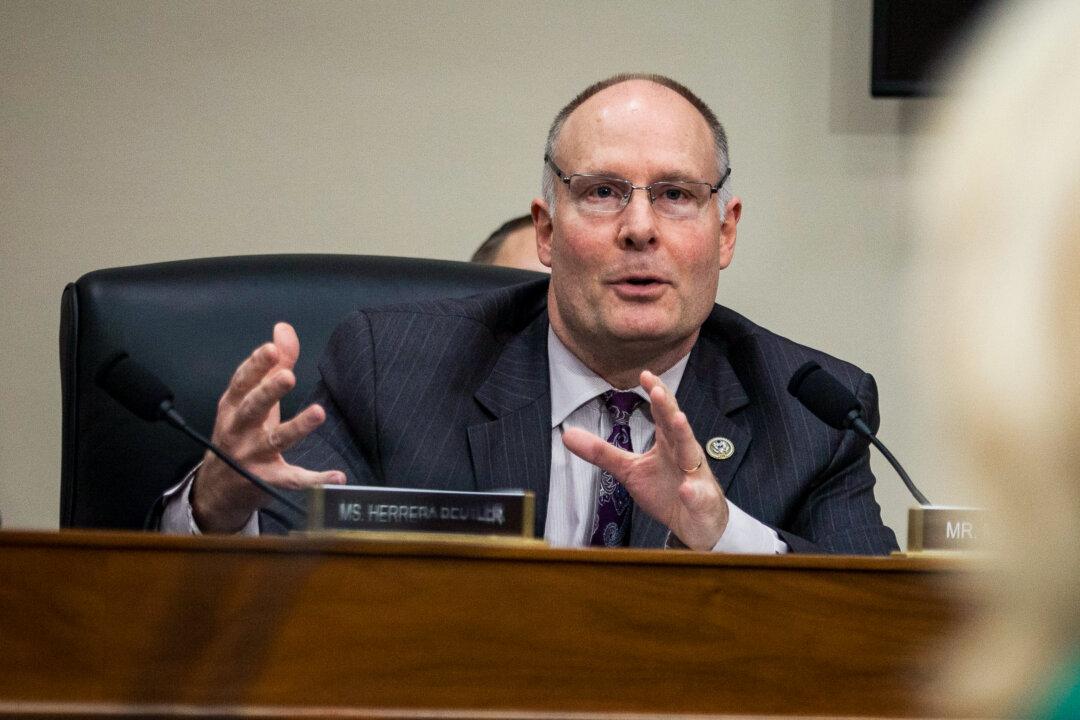While the world is in the midst of combating an unprecedented pandemic, China is taking the opportunity to fulfill its industrial plans of becoming a tech superpower.
Known as China Standards 2035, the economic blueprint is a continuation of the “Made in China 2025” industrial plan that aims for China to achieve self-efficiency in 10 tech sectors by the year 2025.
Taking Advantage of Pandemic
The pandemic has now become a part of China Standards 2035, after China’s National Standardization Administration (SAC) released a new document called “Main Points of National Standardization Work in 2020” in March.Horizon Advisory noted that this document represented China’s next step in its grand strategy.
The Chinese document explained how China should “accelerate the development of COVID-19 epidemic prevention and detection methods and quality control standards,” while promoting standards including “epidemic prevention and control materials and industrial chain supporting equipment.”
Bruyère elaborated that Beijing’s aid to other countries also come with information technology systems, such as the international “anti-epidemic” service package offered by Chinese tech giant Tencent.
Tencent explains on its website that the package contains services such as computer programs for holding online meetings and databases on medical knowledge about the virus.
“Tencent also operates Beijing’s international COVID-19 information platform,” Bruyère added.
Military-Civil Fusion
Both plans rely upon Beijing’s state-directed initiative of leveraging cooperation between the military and private industry to advance technological innovation. The effort is coined “military-civil fusion,” and is now overseen by a government agency called the Central Commission for the Development of Military–Civil Fusion.In the March SAC document, military-civil fusion was mentioned several times, including plans to increase “joint efforts of military and civilian standardized technical organizations.”
New U.S. export restrictions against China were enacted in late April to stem the flow of U.S. technology to the Chinese military under Beijing’s “fusion” strategy.
Bruyère said that while export restrictions will not curtail the CCP’s ambitions, “those measures are necessary first steps better to understand the threat and compete over standards.”
“Beijing’s strategy hinges on access to US technology and innovation. Beijing fears a ‘high-tech blockade,’” she added.
Since May last year, the U.S. government also placed a roster of Chinese companies on the Entity List, meaning that American companies need to obtain special licenses in order to do business with them.
Picarsic said that China’s approach is fundamentally different from other countries in the pursuit of technology innovation.
Instead of investing “in basic research and fundamental science and technology,” the CCP capitalizes on loopholes in regulations and acquiring stakes in foreign companies as ways to dominate global supply chains.
Transport Logistics
The Horizon Advisory report pointed out that China has already made inroads in advancing international standards through its state-controlled National Transportation Logistics Platform, LOGINK.LOGINK is a logistics information-sharing network constructed and implemented by a number of Chinese government ministries, including transport, science and technology, commerce, and public security, according to its website. It works with Chinese companies such as state-owned shipping giant COSCO and logistics operator Cainiao, which is run by tech giant Alibaba.
China wants countries to adopt LOGINK’s data and logistics software, so that it can gain access to large amounts of data used in transporting goods.
Beijing “seeks to revolutionize the CCP’s global information access and control, to propel Chinese companies’ and information systems’ positioning, and to cement international standards—itself as the standard for modern transportation’s information foundation,” Horizon Advisory stated in its report.
5G
The next-generation of wireless communication technology, 5G, is another focus for the Chinese regime.Huawei is currently the biggest contributor to 5G standards, according to a March report by U.S.-based research and consulting firm Strategy Analytics.
The Chinese company is especially ahead of the game in terms of supplying all-Huawei software and hardware equipment (known as end-to-end) for 5G network infrastructure, whereas other telecom firms lead in particular tech specifications.
Future Policy
She added that the U.S. government needs to understand its standards competition with China, such as the long-term impact of China owning networks and platforms, and how such competition could threaten America’s economic, security, and political systems.It was not enough for the U.S. government to focus on individual Chinese companies such as Huawei, Bruyère said, since “Beijing’s state backing can simply replace them with a new army.”
Picarsic noted that “Beijing intends for this competition to be a long-term, peacetime affair.”
He elaborated that Beijing has an advantage, given its market size and “careful protection of its own critical infrastructure and data.”
The United States can only rival China if it works together with allies, Picarsic concluded.






Friends Read Free